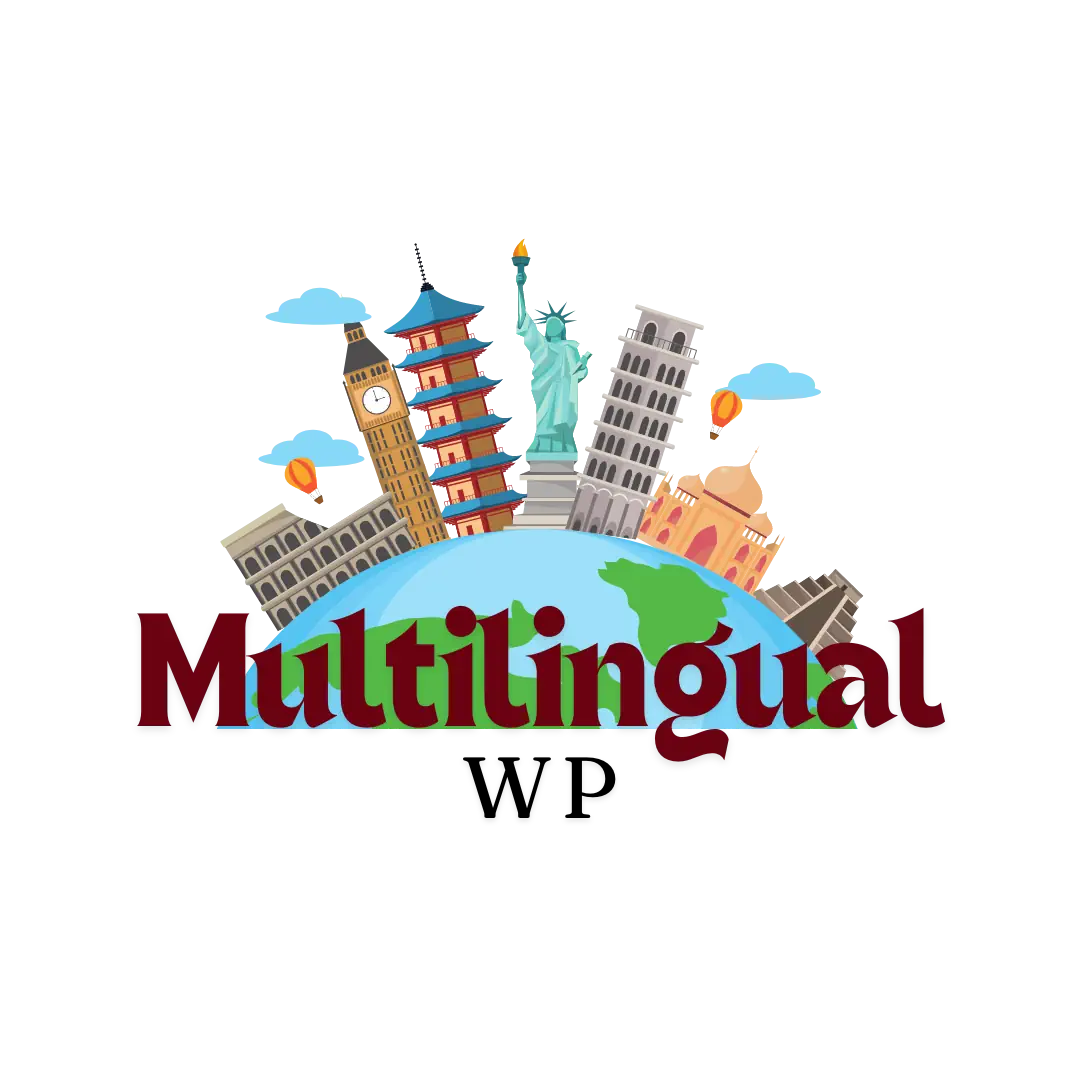A multilingual website is any website that offers content in multiple languages to reach a broader, international audience. As businesses expand into global markets, creating a multilingual site becomes essential for enhancing user experience, improving search engine rankings, and breaking language barriers.
This article outlines best practices for building, translating, and managing a multilingual web presence, ensuring your website content is accessible to users in their native language while meeting SEO and user experience goals.
Why Create a Multilingual Website?
1. Reach an International Audience
A multilingual website helps businesses target audiences in different regions by offering content in their local language.
2. Improve User Experience
Users are more likely to engage with websites that provide content in their preferred language, creating a better overall online experience.
3. Boost SEO Rankings
Search engines like Google favor localized and relevant content. By translating your website and optimizing it for different languages, you improve visibility in local search results.
Best Practices for Multilingual Websites
1. Plan Your Language Strategy
Before building a multilingual website:
- Identify your target audience and the languages they speak.
- Focus on languages with high search volume or significant market potential.
2. Use Unique URLs for Different Language Versions
Create separate URLs for each language version to help search engines and users navigate your multilingual site. Common practices include:
- Subdirectories:
example.com/es/for Spanish - Subdomains:
es.example.com - Country-code top-level domains (ccTLDs):
example.es
Implement hreflang tags to signal to search engines which language version is intended for specific audiences.
3. Invest in Professional Translations
While tools like Google Translate or machine translation may seem convenient, they often fail to capture cultural nuances. Professional translation ensures:
- Accuracy
- Cultural relevance
- Better user engagement
Automated translations don’t always make sense for technical or marketing content, so always review machine-translated text.
4. Localize, Don’t Just Translate
Localization goes beyond translation—it adapts content to the preferences, culture, and needs of the target audience. Localization involves:
- Adjusting dates, currencies, and measurement units.
- Tailoring marketing campaigns and calls-to-action for cultural relevance.
5. Optimize for SEO
Multilingual SEO ensures your content ranks in search engines across different languages and regions. Key considerations include:
- Conduct keyword research for each language.
- Use meta tags, titles, and descriptions specific to the language version.
- Avoid duplicate content by implementing canonical tags where needed.
Creating and Managing a Multilingual Website
Content Management Systems (CMS)
Content management systems like WordPress simplify the process of creating a multilingual website. Popular plugins include:
- WPML for seamless translation management.
- Weglot for automatic translation and localized SEO optimization.
Navigation and User Interface
Make it easy for users to switch between languages by:
- Adding a language selector in the website footer or header.
- Automatically redirecting users based on their language preference, detected through browser settings.
Tips for Managing Multilingual Content
- Ensure all web pages use UTF-8 encoding for consistent display of special characters.
- Translate not just text but also images, videos, and downloadable content.
- Monitor and update translations to ensure they remain relevant and accurate.
Examples of Multilingual Websites
Five Examples of Successful Multilingual Websites
- Airbnb: Available in over 60 languages, Airbnb’s multilingual strategy is a cornerstone of its global success.
- IKEA: IKEA’s localized websites feature translations and marketing adapted to each country’s cultural preferences.
- BBC: Offers news content in multiple languages to cater to its international audience.
- Shopify: Supports e-commerce businesses worldwide with content available in different language versions.
- Apple: A clear example of localization, Apple ensures its products resonate with users across languages and regions.
Challenges of Building a Multilingual Website
Language Barriers
Accurately translating technical terms or culturally sensitive content can be difficult without professional help.
Managing Multiple Versions of Your Site
Creating and maintaining content for different language versions requires additional resources, including time and manpower.
Tools for Creating a Multilingual Web Presence
Translation Tools
- Google Translate: Useful for basic translations but unsuitable for professional websites.
- Professional Services: Hire translators to ensure quality and cultural accuracy.
SEO Tools
- Ahrefs and SEMrush: Conduct keyword research in different languages.
- Google Search Central: Guidelines for creating multilingual content that search engines can easily index.
How to Start Building a Multilingual Website
Step 1: Choose the Right CMS
Select a CMS that supports multilingual content and SEO optimization.
Step 2: Plan Your Navigation
Decide how users will navigate between language versions. Use clear and accessible design elements like language dropdowns.
Step 3: Optimize for SEO
- Use hreflang tags.
- Localize meta descriptions and keywords.
- Focus on local backlinks to improve domain authority.
Step 4: Test for Usability
Before launching, ensure your multilingual site works seamlessly across different devices and browsers.
Conclusion
Building a multilingual website is a powerful way to connect with an international audience, enhance user experience, and improve search engine rankings. By following best practices for multilingual websites—like professional translation, SEO optimization, and effective navigation—you can break language barriers and ensure your site is accessible to all.
Start creating your multilingual site today and provide your customers with content that speaks their language!
